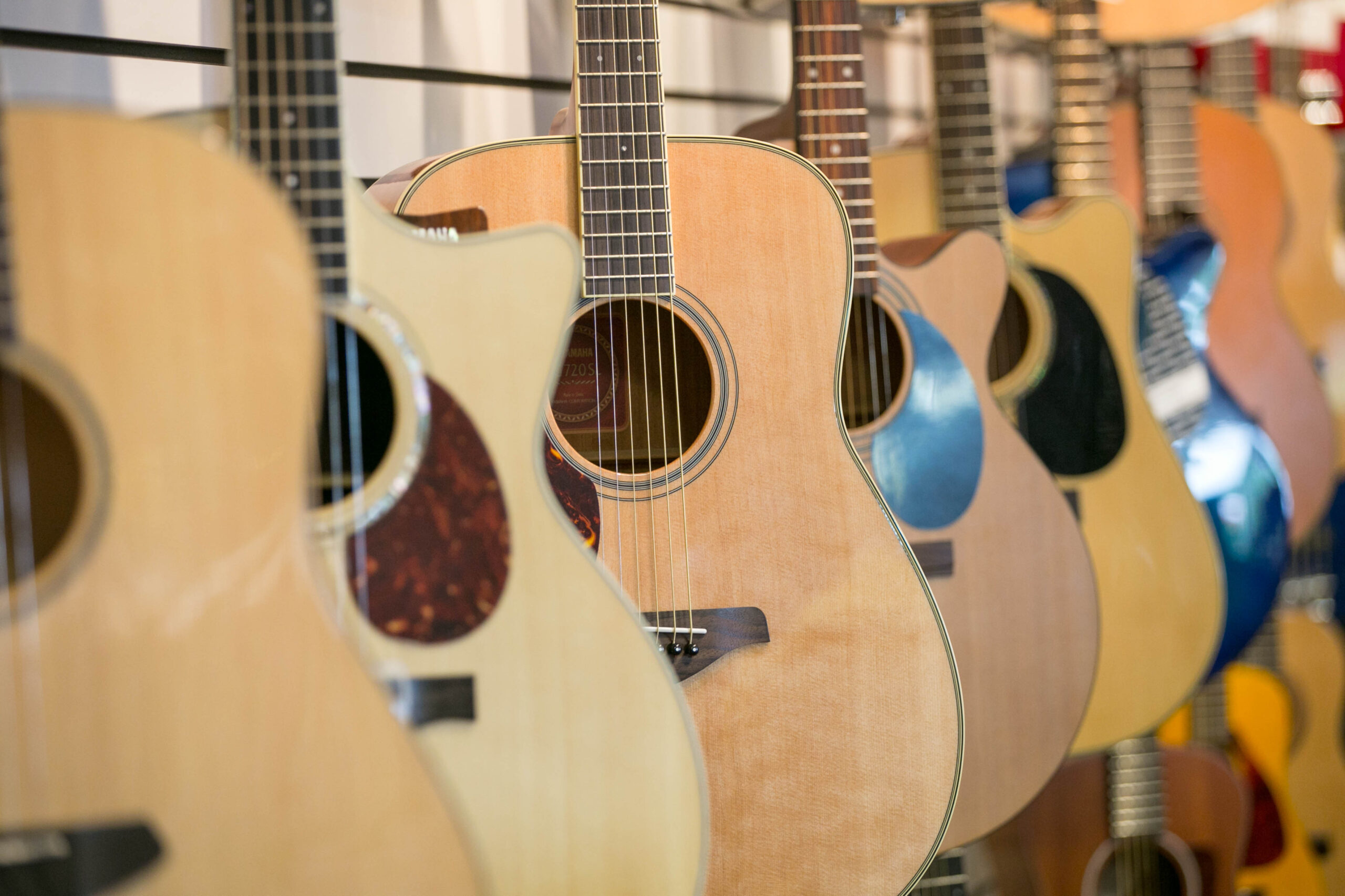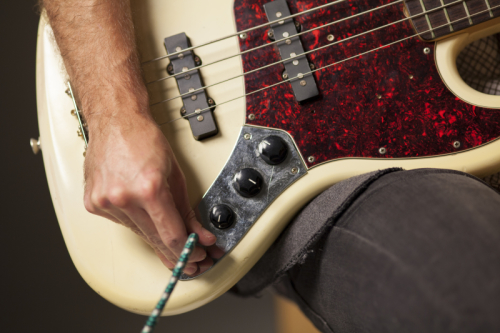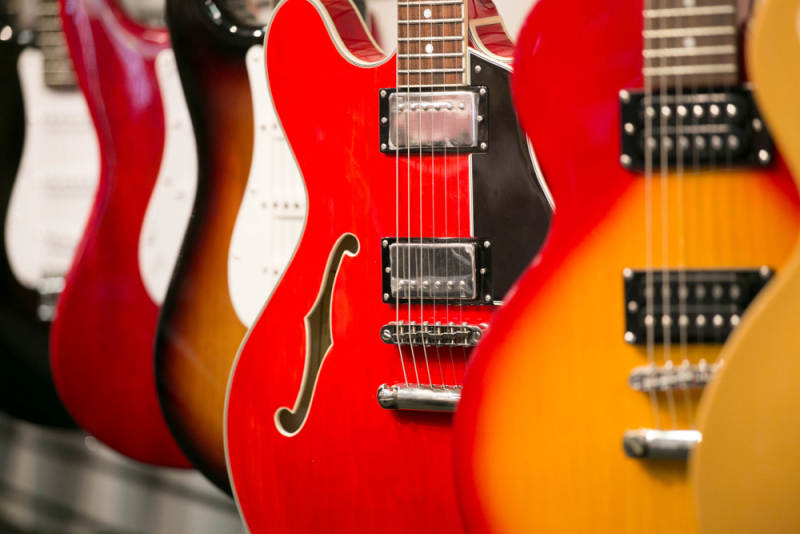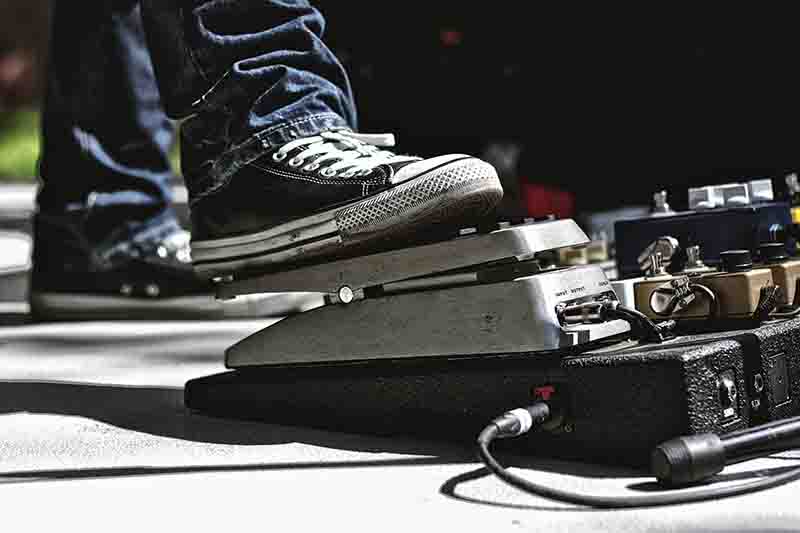April 09, 2015
What is a Ukulele Guitar?
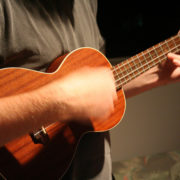

First and foremost, the ukulele is a paradoxical instrument. It manages to be known around the world and tied to a single location at the same time. The ukulele is a relatively simple instrument, yet it is able to produce beautiful music that’s adored worldwide. Anyone who’s ever heard Israel Kamakawiwo’ole’s beautiful medley of “Over the Rainbow” and “What a Wonderful World” will surely attest to that. If you’re interested in learning more about this special little instrument, read on to find out about everything that makes the ukulele so special.
Technical Definition of the Ukulele
The ukulele is a member of the lute family of string instruments which typically employs four strings, but occasionally has six or eight strings (these are called taropatches or taropatch ukuleles). Generally, ukuleles are made of wood, although some have been made of plastic or other materials. The quality of wood used in a ukulele’s construction ranges from cheap plywood or laminate woods to expensive, solid hardwoods like mahogany. Players of the ukulele have traditionally preferred ones made from acacia. A ukulele’s tone depends on its size and construction, but the instrument commonly comes in four sizes: soprano, concert, tenor, and baritone.
History
Originating in the late 19th century, the ukulele was developed after Portuguese immigrants from Madeira and Cape Verde attempted to recreate the instruments that they were familiar with from back home. The ukulele was primarily based on the Portuguese machete, although is also based on other small string instruments such as the cavaquinho, the timple, and the rajão. The introduction of this kind of instrument, and the origin of the ukulele into the Hawaiian culture can be dated back to late August of 1879, where the Hawaiian Gazette reported that islanders from Madeira “recently arrived here, have been delighting the people with nightly street concerts.” Shortly thereafter, Hawaii’s King Kalākaua popularized the instrument by playing it at royal gatherings.
In the early 20th century, the ukulele became more popular around the world. It was introduced to the United States mainland popular culture by a guitar and ukulele ensemble called George E. K. Awai and his Royal Hawaiian Quartet. In 1929, the ukulele was brought the Japan by Yikihiko Haida where it has enjoyed lasting popularity. In the 1960’s, inexpensive ukuleles were mass produced, which led to them being used as a teaching instrument in Canada. Tens of thousands of Canadian children learned music on using a ukulele in school music programs at the time. In the 1990’s, the ukulele found renewed interest around the world, especially after the success of the aforementioned Israel “Brother Iz” Kamakawiwo’ole.
How Does the Ukulele Compare to the Guitar?
It’s a fact that the ukulele is more like a guitar than it is like any other instrument. There are some important differences between the two string instruments. Guitars generally have six strings while ukuleles tend to have four. Guitars use nylon strings or steel strings, while ukuleles mostly just use nylon strings. The two instruments are tuned differently. A guitar has a lot more range than a ukulele, with the ability to go down an almost two full octaves from where a ukulele can.
Ukuleles are also much smaller than guitars, and they tend to be easier to play. Because ukuleles have fewer strings, they are able to play fewer notes, which makes them a bit easier to master for anyone who is new to learning music. On the other hand, most people who can already play a larger string instrument, like the guitar, find that their skills translate to the ukulele pretty quickly. One of the novel effects of playing a ukulele is that, often, people will say that they find the sound of a ukulele naturally comforting and pleasant. This may be due in part to the instrument’s traditional association with Hawaii or simply to the particular qualities of the narrow range of notes it’s able to produce.
Other Kinds of Ukuleles
Over time, instruments that are hybrids of ukuleles and other string instruments have been created. One example is the “banjolele” or “banjo uke.” This instrument combines the small scale, tuning, and playing style of a ukulele with the construction and tone of a banjo. The earliest known banjoleles were developed in 1917. Banjoleles reached the height of their popularity during the 1920s and 30s but are no longer widely used. Another example of a ukulele hybrid is the guitalele, which is also called a kīkū. The guitalele is a classical guitar crossed with a tenor or baritone ukulele. Like a ukulele, guitaleles are small, but unlike most ukuleles, they have the six strings of a classical guitar. This allows them to have more chord possibilities than a typical ukulele. Guitaleles also may include a microphone that allows them to be connected to an amplifier. Guitaleles are often marketed as children’s guitars due to their small size.
Buy a Ukulele at Music & Arts
Ukuleles come in a variety of materials and builds; finding a really high quality one can be expensive. If you’re looking to find a quality ukulele, look no further than Music & Arts. With over 130 stores across 23 states and over 50,000 products on our website, you’ll find one of the largest selections of gear, accessories, and instruments on our website. If you have questions about the specificities of a particular ukulele, contact us and we’ll be happy to answer any of your questions. With one of the largest product offerings in the world, we offer educator-approved band instruments and accessories, including a variety of ukuleles, from some of the most-trusted brands in the industry.
photo via Kevin McCarthy, CC




